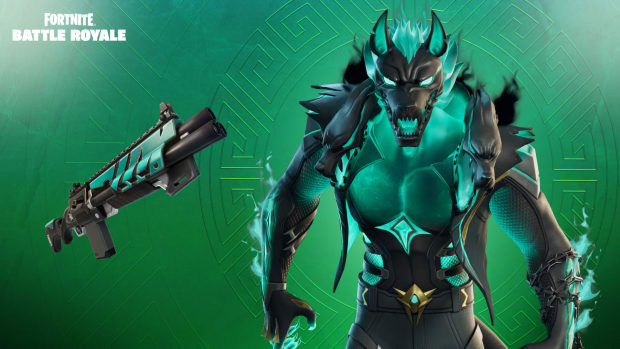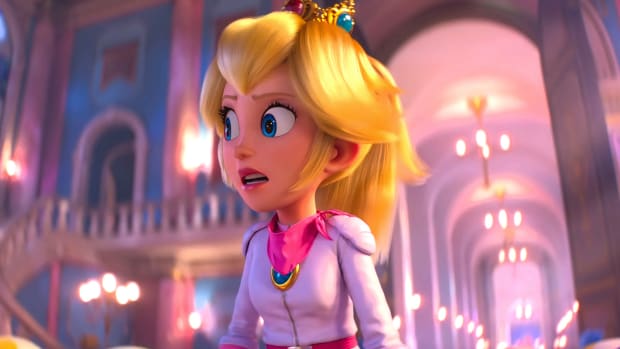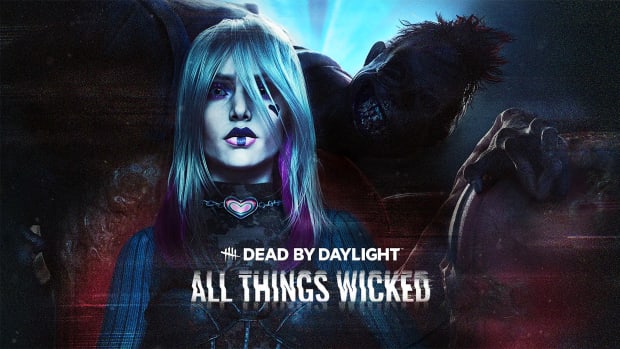
Final Fantasy 16 is let down by its boring towns

My favorite Final Fantasy games are defined by the characters you meet and the places you visit. Final Fantasy 7’s Midgar is filled with memorable locations, from the Shinra offices to the little park under the plates.
There’s so much variety in this sprawling metropolis that Midgar alone was enough to carry an entire game in Final Fantasy 7 Remake. Then you’re let loose into the wider world and you realize you’ve only had a taste. You’ve got Cosmo Canyon, Kalm, Nibelheim, Costa del Sol, Junon… Every single one of these towns and cities has its own flavor, culture, and mood.
Step outside of Balamb Garden – which is essentially a city in itself – in Final Fantasy 8 and you can visit Deling City, Fisherman’s Horizon, Esthar City, and Balamb itself. All distinct. All memorable.
It’s the same for Final Fantasy 9, Final Fantasy 10, and Final Fantasy 12. Even when I think about Final Fantasy 15 – with its flat, lifeless towns – I remember the vast, Venetian city you visit, the restaurant by the sea, and even the roadside mechanic fondly. As a series, Final Fantasy has some of the best towns and cities in video games.
Final Fantasy 16 is missing all of this. Its towns are just places where you can refill your potions and pick up sidequests when you’re directed to do so.
It’s a game restricted by its ambition to be the serious Final Fantasy game. No Cactuars or Tonberries for you – this is a believable world where people either live in hovels or stone houses in nondescript towns. Because of this, you never feel compelled to visit places just because you want to.
I remember the NPC in Final Fantasy 7’s Midgar who always stares at the ground because he’s looking for money and items people have dropped. In the middle of the story, when he’s traumatized by recent events, he says he looks to the sky in case the plate falls and crushes him. By the end, he says he’ll always look ahead so he can see everything in his periphery.
There are dozens of little stories like this, and you engage with them because you want to go back and see what everyone is up to. You’re not following a checklist of things to do.
Final Fantasy 16 is too busy keeping you busy.
At your home base, there’s an NPC who tells you how many outstanding sidequests you have at any given time. Open your map and they’re all clearly marked. You never visit anywhere because you actually want to – you just go there to check off another task.
Square Enix could have gotten away with having all of these locations be nondescript if there was more personality in the townsfolk and more reasons to visit outside of filling up on items and ticking off sidequests, but the structure of the game, which sees each big moment followed by a bunch of busywork, only serves to highlight this weakness.
The Witcher 3 is proof that you can have a medieval setting and still make each location feel distinct. From Novigrad to Oxenfurt and Beauclair, every place you visit in CD Projekt’s masterpiece sticks in your mind, thanks to distinct architecture, mood, and the stories you’re told whenever you visit.
The characters and their actors’ performances are easily some of the best Final Fantasy has ever seen – it’s just a shame they don’t have a world to match.





